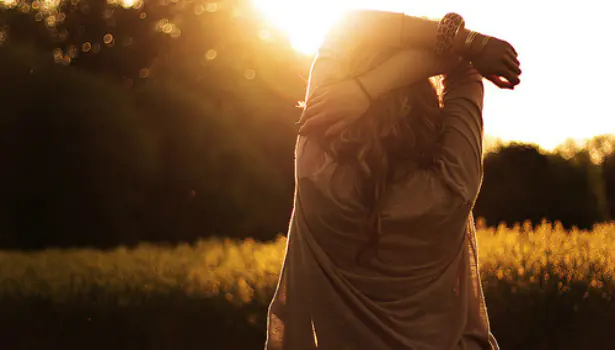Sunstroke and heatstroke are unpleasant, but quite common in the summer. How to correctly identify its symptoms and provide first aid - read in our material.
What is heatstroke? This is a strong overheating of the body, as a result of which the processes of heat formation are accelerated and at the same time the heat transfer in the body is reduced. It can happen to a person both on the beach and in a traffic jam and sauna.
Sunstroke is a type of heat stroke and occurs when a person is exposed to direct sunlight for a long time. The blood vessels dilate significantly, and there is a strong flow of blood to the head. The nervous system is primarily affected by sunstroke.
Sunstroke and heatstroke are often diagnosed in the same way due to the similarity of symptoms, only the consequences of sunstroke are much more complex, and the body takes much longer to recover.
The main signs of heat or sunstroke:
- The appearance of cold sweat.
- Pupil dilation.
- Darkening of the eyes and dizziness.
- Sudden onset of weakness.
- Constant sleepiness.
- The appearance of red spots on the face and body.
- Severe headaches.
- Body temperature can reach 40 degrees.
- In particularly difficult cases, there may be severe vomiting or convulsions, loss of consciousness.
First aid for heatstroke:
First of all, you need to call an ambulance, and before it arrives, do the following:
-
Move the victim into the shade, to a cool place and place a cushion (made of clothing or a towel) under his head.
-
If he is wearing tight clothes, his shirt is buttoned at the last button, quickly “free” the body and cover it with a sheet soaked in cool water.
-
Apply cold compresses or ice cubes to the forehead and back of the head.
-
If you are indoors, open a window to provide fresh air.
-
If the victim is wearing clothes made of thick material or synthetics, it is better to take them off altogether.
-
If the person’s condition allows, give him a drink of cool water, strong tea or coffee.
-
If the victim is clouded, give him a sniff of ammonia.
-
After the doctor has made the diagnosis, it is important that the victim observe strict bed rest for the first few days.
How to avoid heatstroke?
-
Try to move less during active sun hours (from 11:00 to 16:00).
-
On hot days, it is not recommended to overeat heavily and eat heavy foods.
-
Wear loose clothing made from lightweight fabrics.
-
Don't drink alcohol, drink more cold water.



